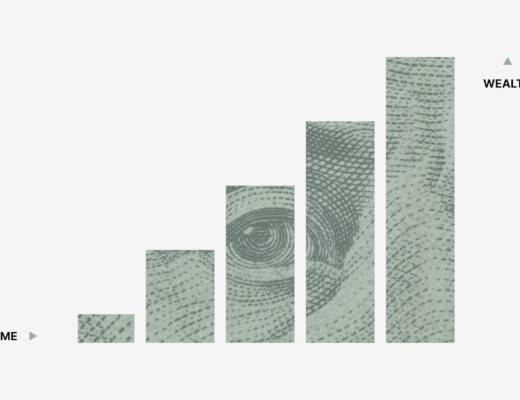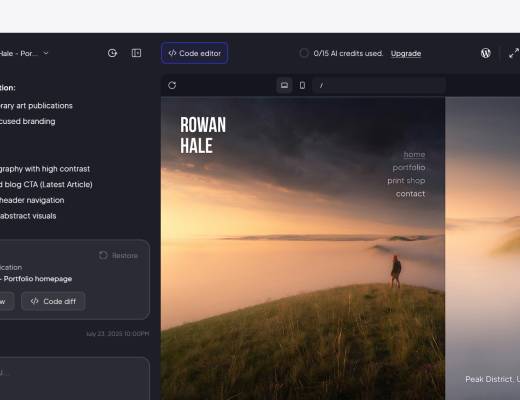15 Tips to Foster Innovation for Business Success
Innovation drives business success in today’s competitive market. We asked industry experts to share one thing they did to foster innovation and creativity within their business — and how that has contributed to their company’s success. Discover effective approaches ranging from fail-forward celebrations to micro-ownership models that transform how teams develop new solutions.- Cross-Functional Innovation Council Transforms Field Ideas
- Innovation Sprints Give Everyone Problem-Solving Voice
- AI-Enhanced Scenario Planning Visualizes Future Possibilities
- Engineers Work Alongside Installation Crews Monthly
- Weekly Growth Meetings Create Safe Experimental Environment
- Quarterly Hack Weeks Deliver Practical Prototypes
- Empower Team Members With Passion Projects
- Cross-Departmental Innovation Sprints Drive Client Success
- Micro-Ownership Creates Autonomous Problem Solvers
- Workshop Series Unlocks Collective Consultant Knowledge
- Engineering Above Hierarchy Promotes Alternative Solutions
- Monthly Roundtables Welcome Ideas Without Limits
- Fail-Forward Fridays Celebrate Learning Through Risk
- Color Exploration Days Spark Creative Confidence
- When They Zig You Zag Approach
Cross-Functional Innovation Council Transforms Field Ideas
Fostering innovation starts with empowering our people to challenge the status quo. One of the most impactful steps we took was launching an internal “Innovation Council” — a cross-functional team that includes drivers, route supervisors, maintenance techs, and managers from every department. The goal was simple: create a structured platform where ideas from the field could directly influence executive decisions.
This approach led to several practical innovations that transformed our operations. For instance, one of our mechanics proposed a preventative maintenance tracking system using digital logs rather than manual paperwork. After piloting it, we saw a measurable drop in equipment downtime and maintenance costs. Another team suggested modifying collection routes using telematics data to reduce idling time and fuel consumption — changes that now save us thousands of gallons of fuel annually while lowering our carbon footprint.
The impact wasn’t just operational; it strengthened our company culture. Employees felt heard, valued, and motivated to think creatively about sustainability and efficiency. When innovation becomes part of everyday problem-solving, it fuels continuous improvement and engagement across the organization.
The lesson I’ve learned is that innovation doesn’t always come from big capital projects or new technologies — it often starts with listening to the people who know the work best. By giving our team ownership of the innovation process, we’ve built a culture where creativity directly supports our mission of sustainable growth and community stewardship across Texas.

Innovation Sprints Give Everyone Problem-Solving Voice
One of the best things I ever did to cultivate innovation was to stop pretending I had all the answers. Early on, I purposely decided to create space for every person on our team, from admissions to teaching staff, to share ideas without layers of approval. We created what we call “innovation sprints,” short sessions that, similar to the process of brainstorming, allow people to surface pain points they are seeing either in students or parent interactions and propose some experiments for us to try.
Some great success has come from this. For example, I’m not the one who added flexible pacing options into our curriculum. A teacher noticed that students were thriving when they planned the order of their lessons. We ran a trial group, got immediate positive feedback, and within months it became one of our biggest differentiators. Now parents cite flexibility as a large factor as to why they choose us over a competitor.
What I have learned is that creativity doesn’t require a comprehensive strategy deck. It requires a culture where folks feel trusted to experiment and where failure is part of progress. When I gave up ownership, we established a culture that naturally creates innovation, and fills our schools with teachers who are in-tune with meeting the needs of all their students.

AI-Enhanced Scenario Planning Visualizes Future Possibilities
The most impactful thing I learned and implemented was combining scenario planning with generative AI tools. Startups are naturally hit with waves of uncertainty (e.g., markets, technology, and even regulation). Instead of just trying to weather these waves, we decided to harness them using scenario planning augmented with generative AI-based modeling and visualization. We feed the LLMs observations from the field about our market and “what if” questions from our leadership team, and they dish back rich, detailed scenarios for the future, both good and bad.
And instead of having our team just stick these scenarios in spreadsheets, we feed them through generative AI to construct visual storyboards and narratives. This way, they’re more like a creative workshop than a meeting. And suddenly the engineers and marketers feed off one another. They point out fractures in our assumptions. They propose novel experiments they’d have shied away from as too “crazy.” There’s something about “seeing” the future (thanks to AI drawing in new data points we might have overlooked) that demystifies risk.
On a practical level, it resulted in us switching double quick to GEO (Generative Engine Optimization) before anybody was seeing AI-answered search results. Because we’d mapped out what Google’s rapid switch to AI Overviews would mean for agencies, we had something ready on day one that most competitors could sell six months later. The result? This year we doubled quarter-over-quarter the volume of inbound leads from enterprises. The moral for founders is, don’t just ask yourself what ideas you could pursue, but push yourselves by visualizing multiple futures. With current LLMs, it’s fast and surprisingly inexpensive.

Engineers Work Alongside Installation Crews Monthly
Every engineer and sales person spends one day a month in the field installing systems side-by-side with our crews. They lift 50 lb. panels, run conduit, wire inverters, and talk to homeowners directly. When they see a problem, they note it and fix it within 48 hours. This continuity of activity keeps innovations rooted in what happens on roofs and driveways, not in boardrooms.
The results have been proven in measurable form and are permanent. The length of time needed for installation is now reduced from 6 hours, 40 minutes to 6 hours, 20 minutes. Truck rolls are reduced by 20%. The rework incurred per 100 jobs is reduced from 9 to 5. Each system now can make about $250 per job in increased profit, which proves beyond doubt that the best innovation comes from that part of the world where the work is done.
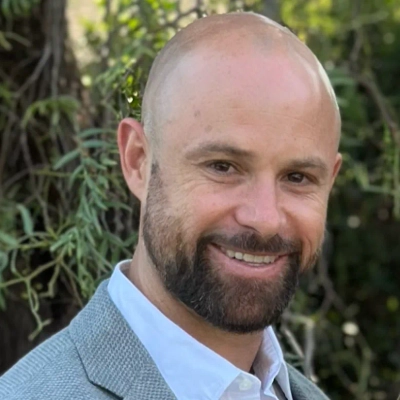
Weekly Growth Meetings Create Safe Experimental Environment
One of the most important things we did to foster innovation was creating a weekly “Growth Meeting.” Every Wednesday, my co-founders, senior team members, and I get together to do two things: first, we look at the data, our funnel, conversion rates, CAC, retention, all of it, to understand where we’re standing. Then, we brainstorm and propose ideas that could move the needle.
The key is that this meeting created an environment where anyone in the room can propose an idea, and we treat it as a test. We measure the results of every experiment. Some ideas fail, and that’s okay, we talk about those openly. I’ll even admit when a test I pushed for didn’t work. That vulnerability removes fear and encourages others to keep proposing new things.
This culture of data-driven experimentation plus psychological safety has led to some of our best initiatives. For example, it’s how we figured out more effective ways to lower CAC and scale campaigns, and even influenced how we improved our product experience, like the mobile comparison feature.
I think this environment, where ideas come from everywhere in the company, are backed by data, and failure isn’t punished, has been a huge part of why we’ve been able to innovate and keep growing.
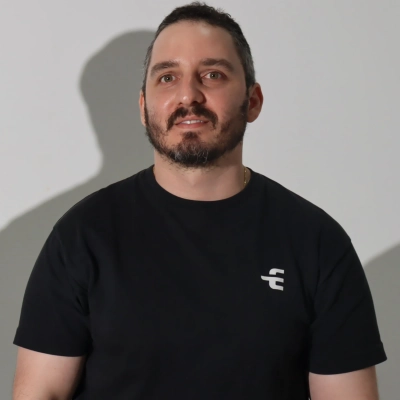
Quarterly Hack Weeks Deliver Practical Prototypes
We run one week each quarter where small, mixed teams get to ship a scrappy idea from pitch to prototype — no roadmap, no long meetings, just a tight brief, a clinician co-pilot, and a Friday demo. That’s how our patient-friendly report summaries and edge-caching idea started; both moved from hack to product and later cut night-shift turnaround and support tickets. The cadence keeps people curious and creative without drifting from real outcomes.

Empower Team Members With Passion Projects
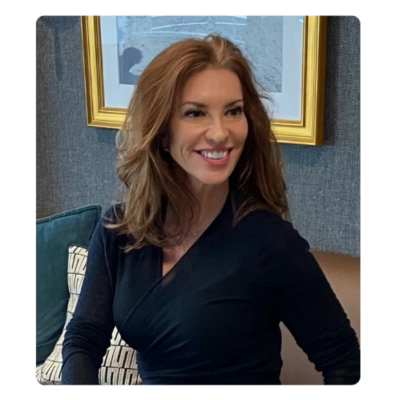
Cross-Departmental Innovation Sprints Drive Client Success
We’ve built a culture where experimentation is encouraged and failure is seen as a stepping stone to innovation. One of the most impactful initiatives I introduced was our “Innovation Sprint” program — a biweekly internal workshop where team members from different departments collaborate to brainstorm, prototype, and test new ideas. This cross-functional exchange not only breaks down silos but also ensures that creativity is backed by data, blending design intuition with measurable performance outcomes.
This approach has directly contributed to our company’s growth and client success. Many of our most successful CRO frameworks and UX methodologies originated from these sprints before being refined and implemented in real client projects. As a result, we’ve achieved measurable conversion lifts for clients while maintaining a 98% retention rate. By giving our team the space to think creatively and validate ideas through testing, we’ve created a feedback-driven culture that continuously pushes the boundaries of digital design and performance optimization.

Micro-Ownership Creates Autonomous Problem Solvers

Workshop Series Unlocks Collective Consultant Knowledge

Engineering Above Hierarchy Promotes Alternative Solutions

Monthly Roundtables Welcome Ideas Without Limits
One thing I did to foster innovation and creativity in my law firm was creating space for every team member to bring new ideas to the table without fear of being shut down. In an industry like personal injury and medical malpractice law, it is easy to fall into rigid systems and routines. But I wanted to build a firm in Miami that felt dynamic and forward thinking.
We started holding monthly roundtable sessions where no topic was off limits. Staff could suggest new software tools, client service improvements, or even changes to our intake process. One of our paralegals suggested automating parts of the client onboarding process using a secure form and scheduling tool. We tested it and quickly saw results — faster intake times, fewer missed appointments, and a smoother first impression for clients.
That one idea alone paid for the time spent in those meetings many times over. More importantly, it showed the team that their voices mattered.
Fostering innovation is not about having the flashiest ideas. It is about listening and creating a space where people feel comfortable experimenting. That openness has helped our firm grow stronger and more efficient without ever losing the personal touch that defines who we are.
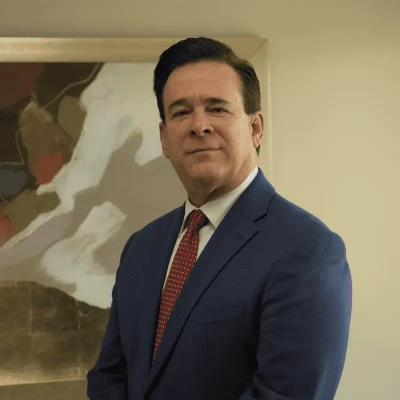
Fail-Forward Fridays Celebrate Learning Through Risk
One of the most effective initiatives I implemented at my previous organization to foster innovation and creativity was launching a program we called “Fail-Forward Fridays.” Every Friday, teams were encouraged to present bold ideas — whether it was a new process, a product feature, or a customer engagement strategy — and test them on a small scale, with the understanding that failure was not only acceptable but celebrated as a learning opportunity.
The idea came from recognizing that innovation often stalls not because people lack creativity, but because they fear the consequences of failure. By creating a dedicated time and safe environment to experiment, we gave employees permission to think unconventionally and take risks without worrying about perfection.
One of the most impactful results came from our logistics team. During a Fail-Forward Friday session, a junior employee suggested testing AI-driven route optimization for deliveries in a specific region. Initially, it seemed ambitious and outside our standard operations, but the pilot trial revealed a 15% reduction in fuel costs and significantly improved delivery times. This experiment eventually scaled into a company-wide system that not only saved money but also enhanced customer satisfaction.
Beyond tangible results, this initiative transformed our company culture. Employees began approaching problems with a mindset of curiosity rather than caution. Brainstorming sessions became livelier, cross-department collaboration increased, and people at all levels felt empowered to voice ideas. It broke down silos and reinforced the message that innovation is not reserved for executives or R&D — it can come from anyone, anywhere.
The long-term impact on our business success has been profound. Our company became more agile, able to pivot quickly in response to market changes because our teams are accustomed to experimenting, learning, and iterating. It has also boosted employee morale and retention, as people feel more engaged when they can contribute creatively rather than just execute instructions.
The biggest lesson: Innovation thrives where failure is reframed as progress. By fostering a culture where experimentation is encouraged and learning is valued over perfection, we unlocked ideas that directly drove growth and positioned our business ahead of the competition.

Color Exploration Days Spark Creative Confidence
One thing I intentionally introduced to foster creativity within my business was a “color exploration day” where our team steps outside client jobs and experiments with design palettes, finishes, and unusual textures. In my experience, painting work can sometimes feel routine — same walls, same techniques. For me, that exploration breaks the pattern and opens doors for new ideas. I think that when team members feel freedom to try and even “fail” in small test spaces, confidence and creativity grow.
We schedule that kind of day every few months. The crew will test a bold color blend, trial a new glaze technique, or mock up an accent wall in the shop. Once someone hit on a hybrid finish that combined subtle metallic pigment with a matte base, and we later used that in a client’s living room with amazing feedback. That project became a standout in our portfolio and helped us win a referral because a neighbor saw the finish and asked, “Who did that?”
In my opinion, that small investment in creative play changed more than one job; it changed how the team sees possibilities. We now approach refinish and restoration work with more curiosity, suggesting feature walls or texture contrasts rather than defaulting to plain repaint. For me, creativity in the business feeds both craftsmanship and client delight, giving us a competitive edge in a service field where finish quality and vision matter deeply.
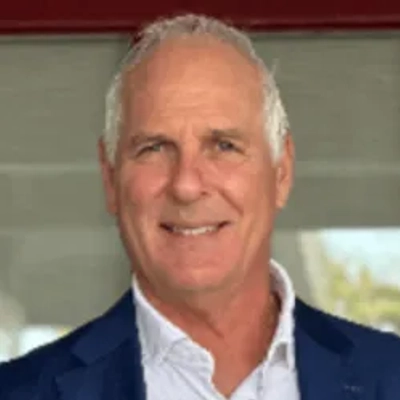
When They Zig You Zag Approach
As a director, my role is fundamentally creative – I am always asking, “How can I serve my audience in new and useful ways?” This thinking has led to the creation of new products, services and campaigns. For example, we run fortnightly drop-in sessions for people in our community. We’re also seeking business support to fund charity website builds. These are uncommon approaches to business, but they drive results. If I were to summarize, I would quote Siimon Reynolds: “When They Zig, You Zag.”




